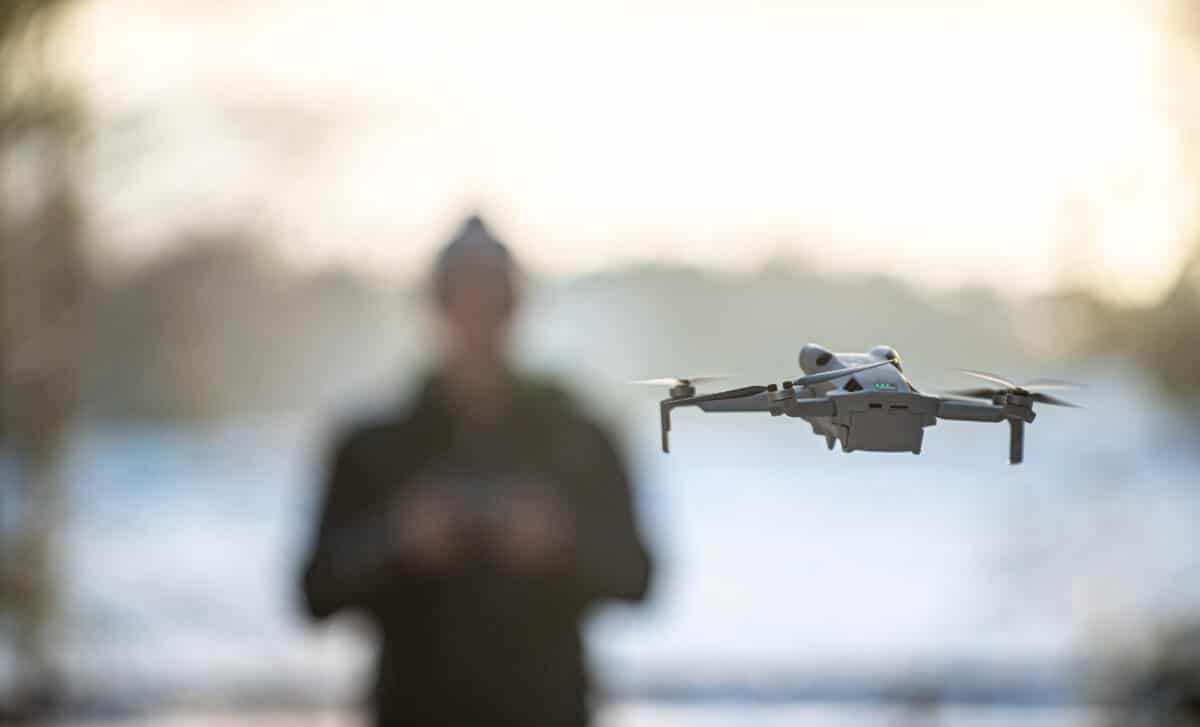Ukrainian drones are reportedly being used to carry more than just explosives: they now appear to be part of a broader cyber strategy. These unmanned vehicles are said to inject malicious code into enemy systems, aiming to disrupt Russian control networks and complicate technological recovery efforts.
This form of hybrid warfare represents a tactical shift, where drones serve both as kinetic weapons and vectors for cyber interference. As detailed by Armees, Ukrainian forces are using virus-laden drones to prevent Russian units from reverse-engineering captured equipment and to destabilize opposing digital infrastructure.
The use of drones has become central to the conflict between Kyiv and Moscow. Over the past three years, both sides have escalated their use of unmanned systems, triggering rapid technological evolution on the battlefield. These aircraft are not only changing the dynamics of military engagement but are also being developed faster than ever before, with new models replacing older ones within months.
This evolving landscape has created a scenario where defending and compromising software embedded in drones is as important as their physical capabilities. Ukrainian engineers and defense planners are reportedly using embedded viruses to limit the operational value of downed drones and to disrupt any attempt by Russian forces to retrieve actionable intelligence from them.
Inside Airbus’s Latest €12.4 Billion Deal That’s Reshaping the Aircraft Industry
Drones as Cyberweapons on the Frontlines
Ukrainian units have embedded malware into their drones with the aim of undermining enemy systems once the devices are recovered. These infections are reportedly triggered when captured drones are linked to Russian networks, disrupting their functionality. As mentioned by Armees, the tactic forms part of a wider effort to ensure that technological assets, once lost, do not benefit the adversary.
The objectives of these embedded viruses include impeding reverse-engineering attempts, corrupting extracted data, and hampering the reprogramming of drone hardware. While these viruses may not entirely disable Russian systems, their effects reportedly degrade performance and slow analysis, reducing the tactical value of captured devices.
Defensive Tactics in a Rapidly Evolving Drone War
Both Ukraine and Russia are locked in an ongoing battle of technological adaptation. Drone systems are being replaced and upgraded so frequently that battlefield tactics must evolve constantly. As reported by Armees, drones become obsolete within months, prompting both sides to adjust their strategies in real time.
To protect drone technologies and data, Ukrainian forces have implemented measures that include deploying viruses and, in some cases, sabotaging drones to prevent retrieval. Ukrainian operations reportedly target Russian drones as well, including those linked via fiber optics, while continuing to develop their own capabilities to strike Russian artillery. Contingency plans are also said to be in place to manage failed missions and minimize potential intelligence losses.
Psychological and Operational Effects on Russian Forces
The impact of this cyber tactic extends beyond system performance. It also appears to influence the mindset of Russian operators. A video originally shared by Forbes shows a Ukrainian drone allegedly transmitting a virus to a Russian control station. The footage has been widely circulated and discussed on Reddit, where users noted that Russian soldiers have expressed frustration over recurring infections from captured drones.
These reports suggest that Russian forces may be growing reluctant to handle recovered Ukrainian drones, fearing the presence of embedded malware. This psychological barrier, alongside operational disruptions, adds an additional deterrent layer that limits the usefulness of captured equipment.








